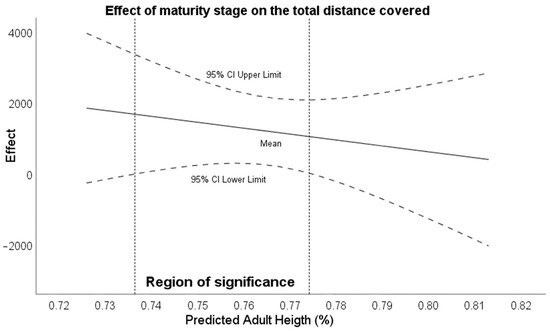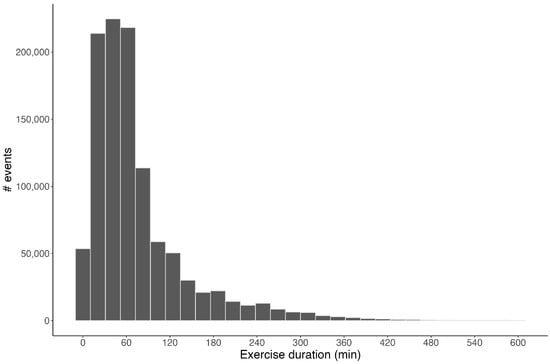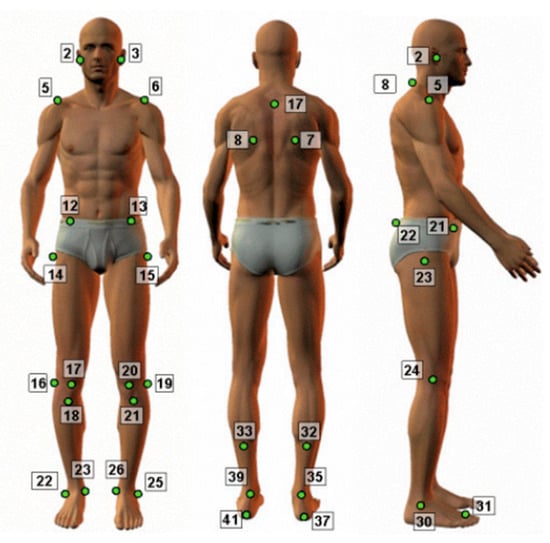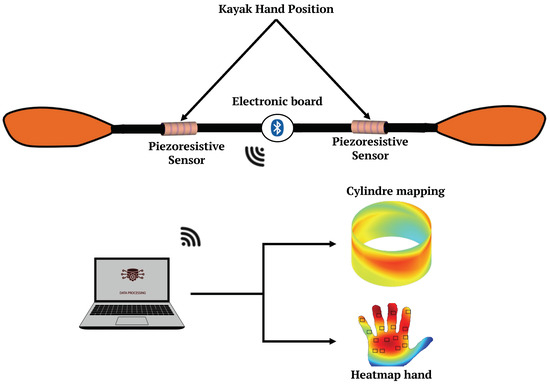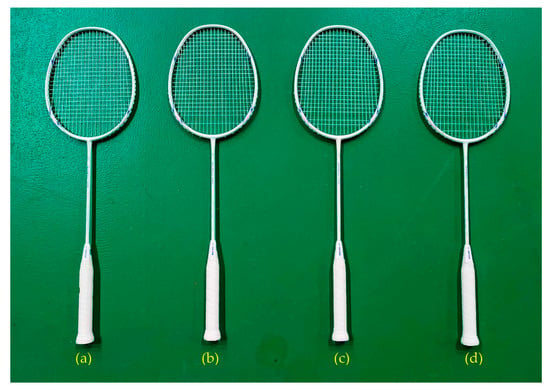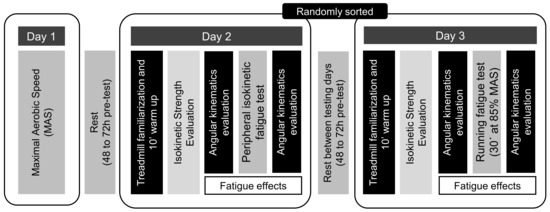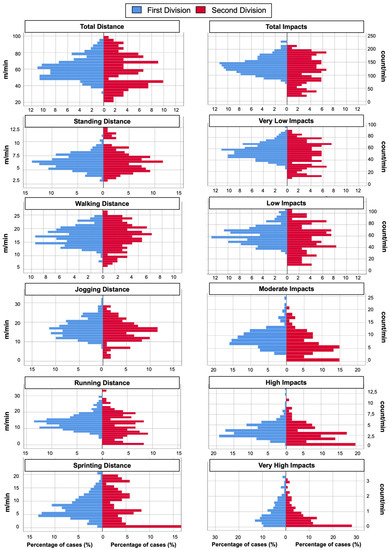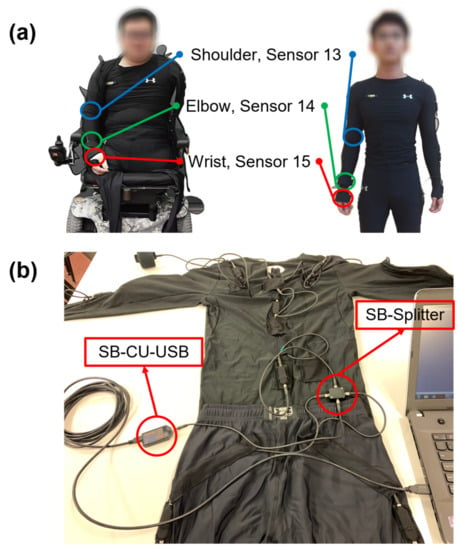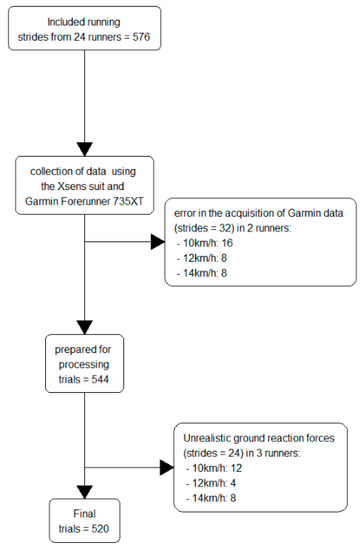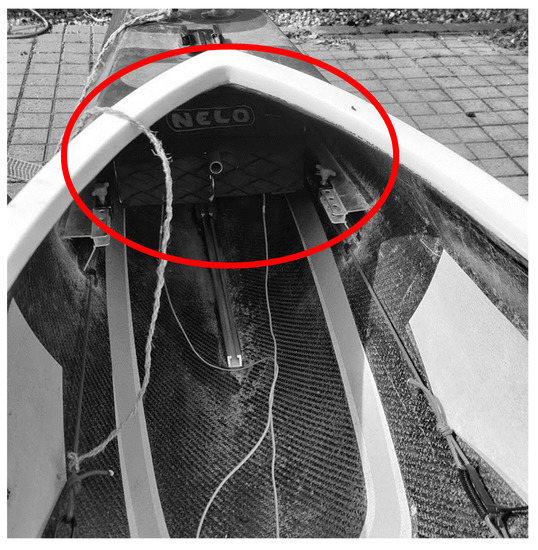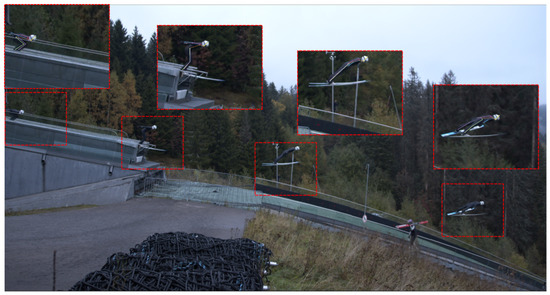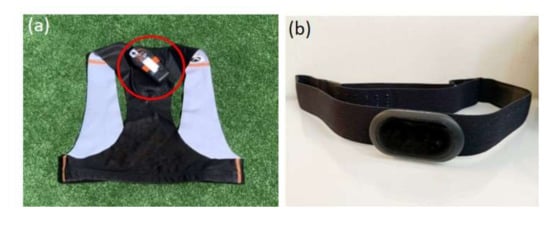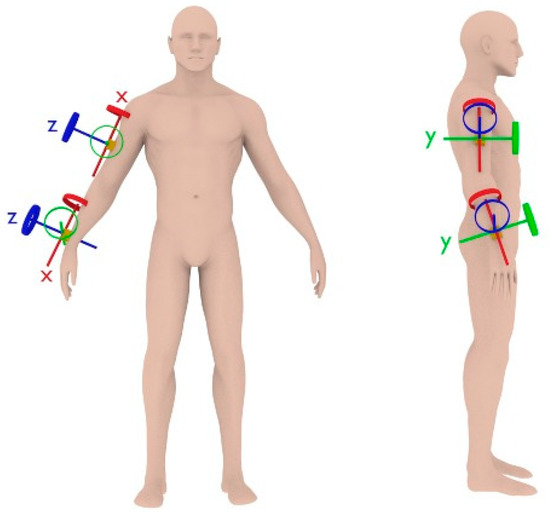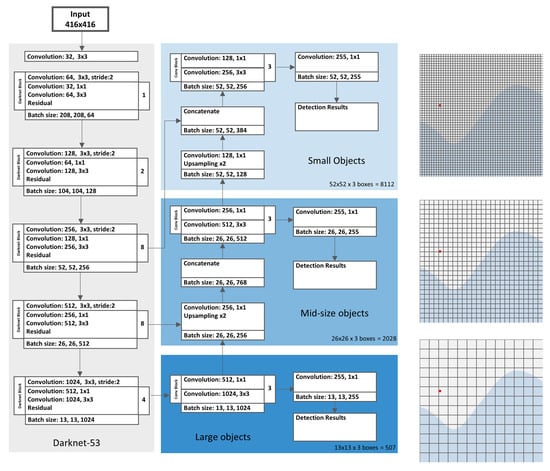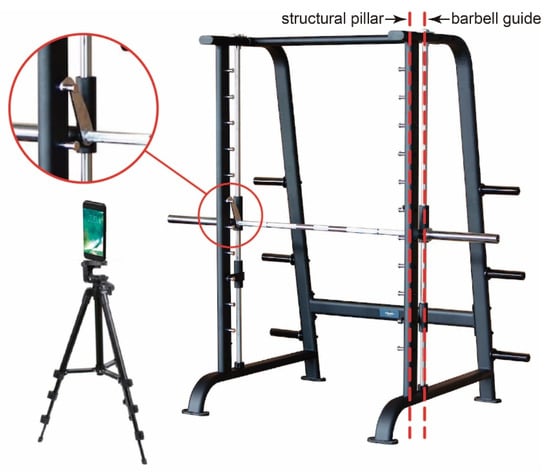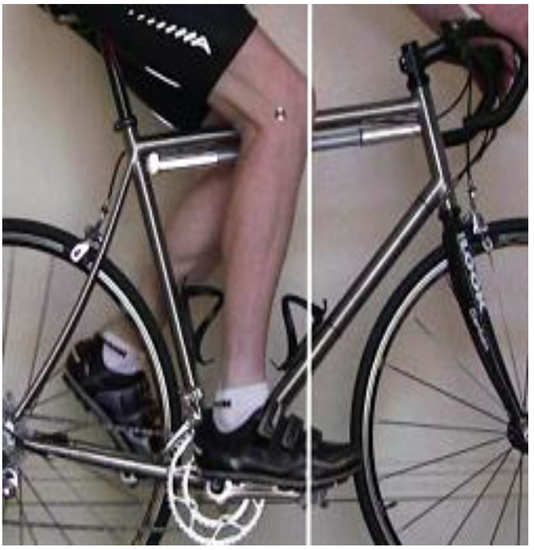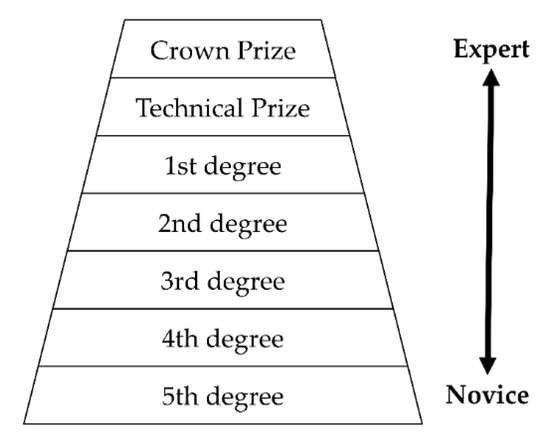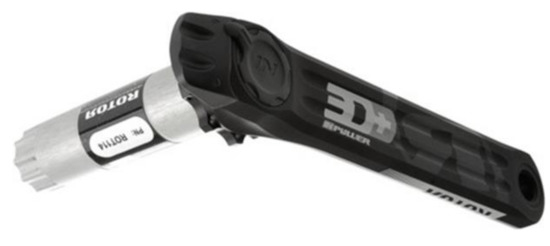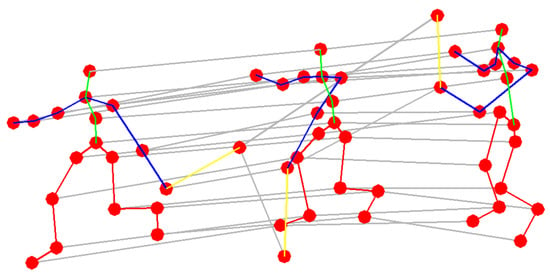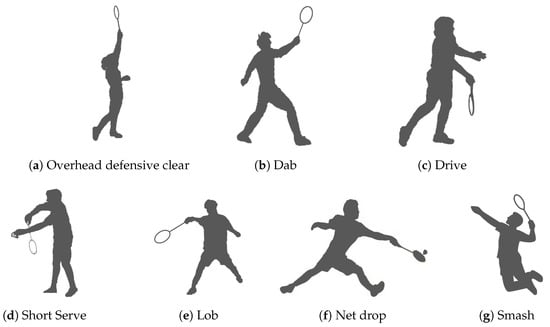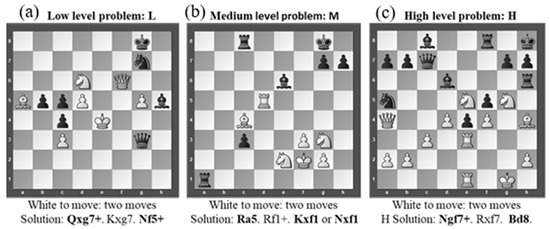Sensor Technology for Sports Science
A topical collection in Sensors (ISSN 1424-8220). This collection belongs to the section "Wearables".
Viewed by 93768Editor
Interests: sport; biomechanics; instrumentation; audio; video; performance; technology; rowing
Special Issues, Collections and Topics in MDPI journals
Topical Collection Information
Dear Colleagues,
Science and technology are changing sport around the world. Sports scientists are regularly trying to find the key to boost athletes’ performance while avoiding injury in competition and training. In attempting to jump higher, run faster, and perform better, athletes push their muscles, joints, and their whole bodies to the extreme. While the foundations for peak performance and injury prevention have been studied in the past, scientific instrumentation has not been within the reach of professionals and practitioners.
With the economic development and scientific technological progress, sensors for sports technology have rapidly emerged. Technology allows objectively monitoring athletes so that key sport-specific characteristics can be quantified to enhance their performance and promote effective decision-making processes among sport scientists and coaches. In recent years, significant sensor developments have led to broad usage of instrumentation in all sorts of fields of sport-related relevant information about athletes, such as tactical, technical, physical, and emotional performance.
The aim of this topical collection is to focus on innovative developments in the field of sensors for sports technology. Articles addressing this topic, particularly those providing new insights into their use for innovative technologies that allow the widespread use of sports instrumentation, are welcome. In order to bring the lab to the field, proposals must address the usefulness, precision, and consistency of the data collected to measure characteristics specific to the sport.
Prospective authors are cordially invited to submit their original research and review papers that address but are not restricted to the following topics:
- Video technology;
- Computer vision;
- Wearable sensors;
- Augmented and virtual reality;
- Smartphone apps;
- Biometrics;
- Motion capture;
- Piezoelectric transducers and strain gauges;
- Inertial measurement units (IMU);
- Microelectromechanical systems (MEMS);
- Load cells and force plates;
- Signal processing.
Prof. Dr. Basilio Pueo
Collection Editor
Manuscript Submission Information
Manuscripts should be submitted online at www.mdpi.com by registering and logging in to this website. Once you are registered, click here to go to the submission form. Manuscripts can be submitted until the deadline. All submissions that pass pre-check are peer-reviewed. Accepted papers will be published continuously in the journal (as soon as accepted) and will be listed together on the collection website. Research articles, review articles as well as short communications are invited. For planned papers, a title and short abstract (about 100 words) can be sent to the Editorial Office for announcement on this website.
Submitted manuscripts should not have been published previously, nor be under consideration for publication elsewhere (except conference proceedings papers). All manuscripts are thoroughly refereed through a single-blind peer-review process. A guide for authors and other relevant information for submission of manuscripts is available on the Instructions for Authors page. Sensors is an international peer-reviewed open access semimonthly journal published by MDPI.
Please visit the Instructions for Authors page before submitting a manuscript. The Article Processing Charge (APC) for publication in this open access journal is 2600 CHF (Swiss Francs). Submitted papers should be well formatted and use good English. Authors may use MDPI's English editing service prior to publication or during author revisions.
Keywords
- Sports
- Instrumentation
- Technology
- Wearable
- Biomechanics
- Performance
- Training






